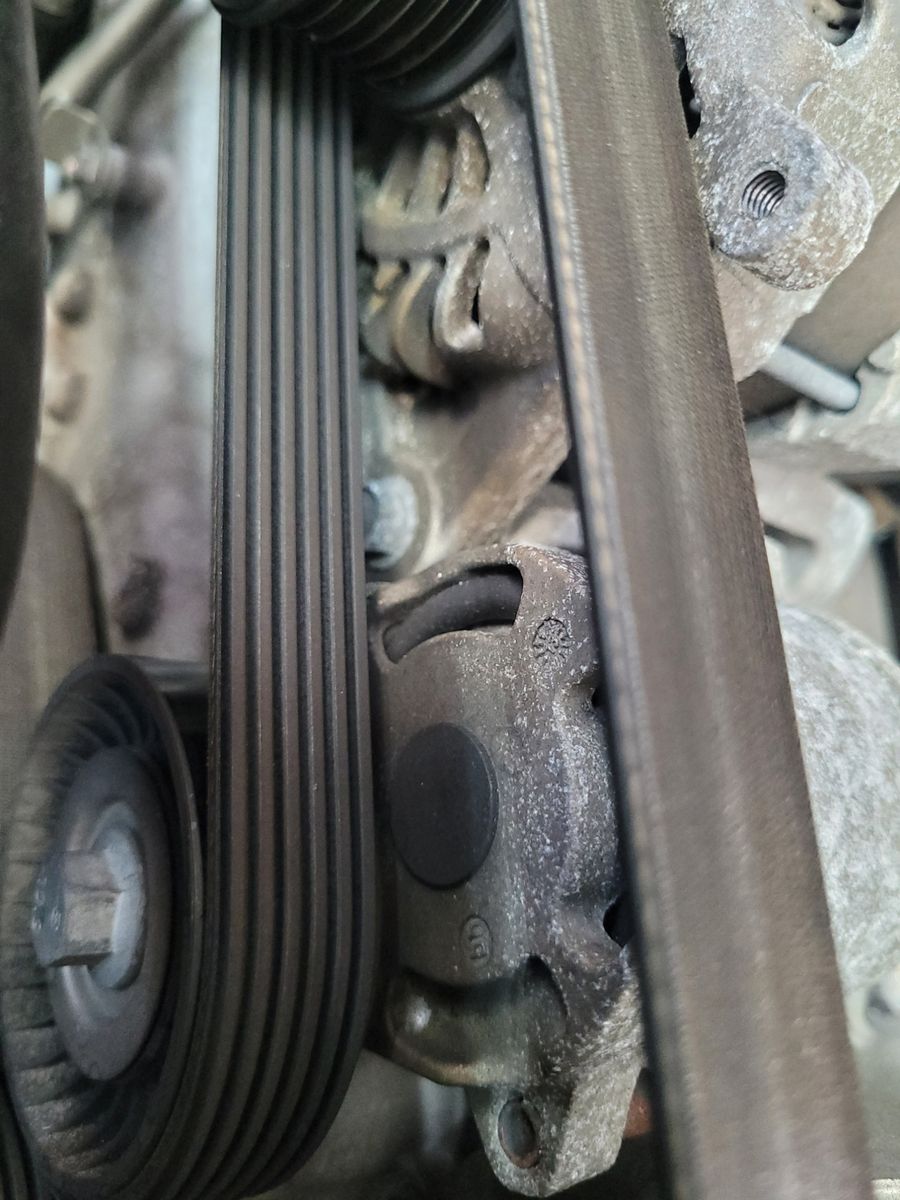So, you’re cruising down Te Rapa Road or heading out past Gordonton and suddenly you hear an annoying squeak every time you start the car or pull away at the lights. Or maybe you’re crawling through Dinsdale traffic or bouncing over a pothole in Nawton, and that drive belt sound just won’t leave you alone? Plenty of folks pop into Grimmer Motors with exactly this issue — doesn’t matter if it’s a Suzuki Swift from Cambridge, a SsangYong Rexton from Huntly, or a Peugeot 308 that’s been doing the WOF service loop around Morrinsville. Squeaky belts are a classic NZ car problem, but they don’t have to ruin your day (or your school run).
1. Check and Adjust the Belt Tension
Good Tension = Less Squeak
First thing one of our techs will do is check the tension on that drive belt. If you’re braking in Frankton and the squeak is worst when you turn the wheel or kick the air-con on (especially this muggy Hamilton summer), odds are the belt’s too loose or even too tight. Simple way to check: pop the bonnet, find the belt between the pulleys, and give it a firm press (about halfway between pulleys). It should move about half an inch. Anything more, it’s likely slipping — and that’s where the noise comes from. If it’s tighter than a drum, you’ll end up with worn pulleys before you know it. Grab your socket set or let us sort it for you, and make sure you’ve got the tension to spec for your model. Here’s a handy guide if you want a step-by-step.
If you want a bit more detail on what goes wrong with DIY maintenance, crack on with our common car maintenance mistakes post.
2. Clean Off the Belt and Pulleys
Keep It Clean — You’ll Hear the Difference
Hamilton weather is brutal on cars parked outside — foggy winter mornings out at Flagstaff, hot summer dust from trips down State Highway 3, and all the wet grit from stop-starts near Melville. That grime builds up on your belt and pulleys, causing all that squeal. Grab a clean cloth and a spray of proper belt cleaner to wipe down those surfaces (don’t just use anything from under the sink, or you’ll create more trouble than you’re fixing). Scrape off the crust, clean off any oily residue, and you might find the noise drops away like magic. This works whether you’re fiddling around under a Toyota Corolla or wrangling a Hyundai Tucson. Want more on keeping the engine bay in good nick and saving fuel too? Have a read of our tips for reducing emissions.
3. Swap Out Worn or Stuffed Drive Belts
If It’s Cracked or Shiny, Time for a New One
Sometimes, it doesn’t matter how tight, how clean — if the belt’s old, it’ll squeak no matter what. We see heaps of second-hand imports, from an Isuzu Bighorn that’s seen every backroad around Ohaupo, to a Kia Carnival doing Hamilton to Ngaruawahia soccer runs. Belts wear out: they crack, glaze (get shiny), or go frilly on the edges. If you see cracks, glassy shine, or hear a squeal that cleaning won’t shift, just replace it. It’s cheaper than getting stranded at The Base or dealing with bigger engine drama. Grab a decent belt (don’t cheap out — you want quality) and slap it in. Here’s a bit more on how to pick the right belt.
Got other funny sounds from under the hood? Might be time to check out our full rundown on early signs of engine trouble.
Conclusion
Don’t let a squeaky drive belt leave you stuck by the Waikato river, or worse — cause a breakdown out by Tamahere. Quick checks and fixes can stop a small noise turning into a big bill. If you’re not sure, or if DIY isn’t your style, swing by Grimmer Motors. We sort noisy drive belts on everything from Fords and Holdens right through to the odd Porsche Cayenne and Honda Fit. Got your own tip for fixing a squeaky belt? Let us know next time you’re here, or just have a yarn with our team.
Need a hand fast? For car service Hamilton, hybrid repairs, or the most reliable WOF Hamilton wide, we’re here to help. Give us a shout below to get sorted.

